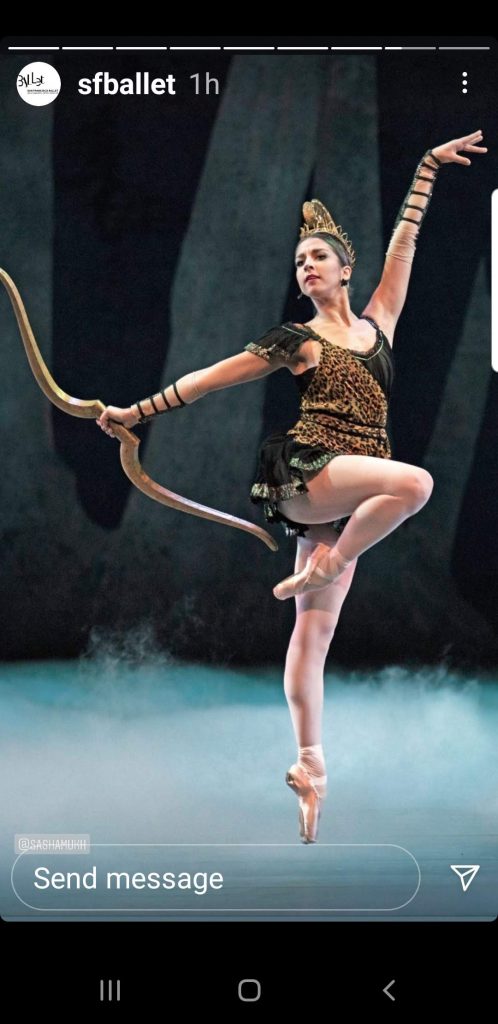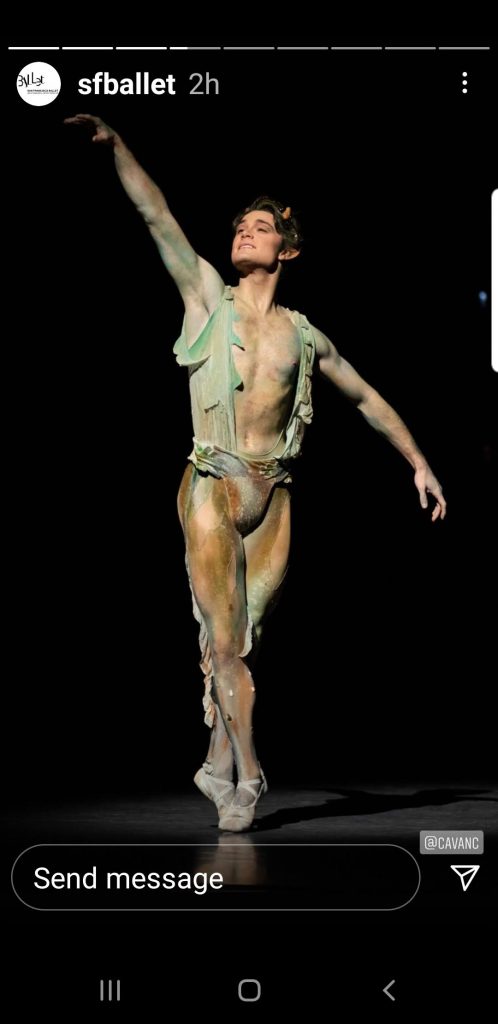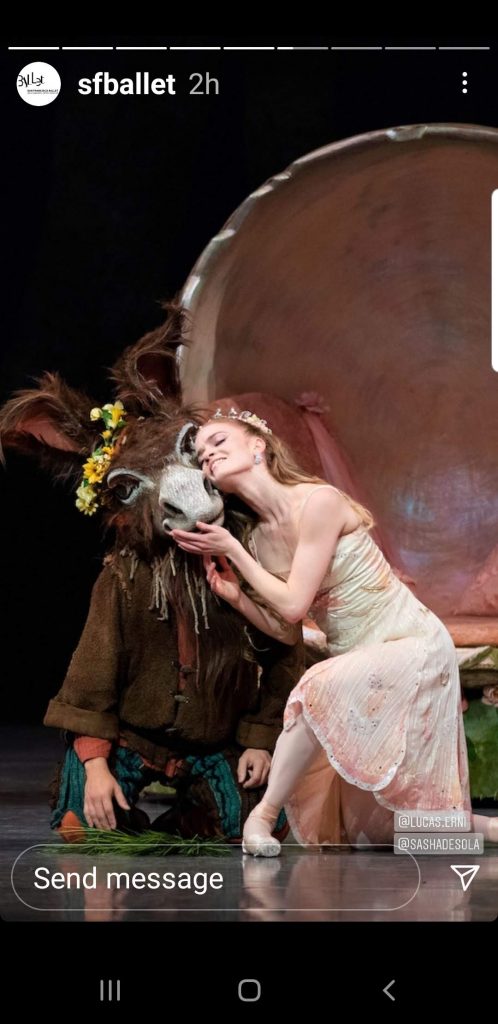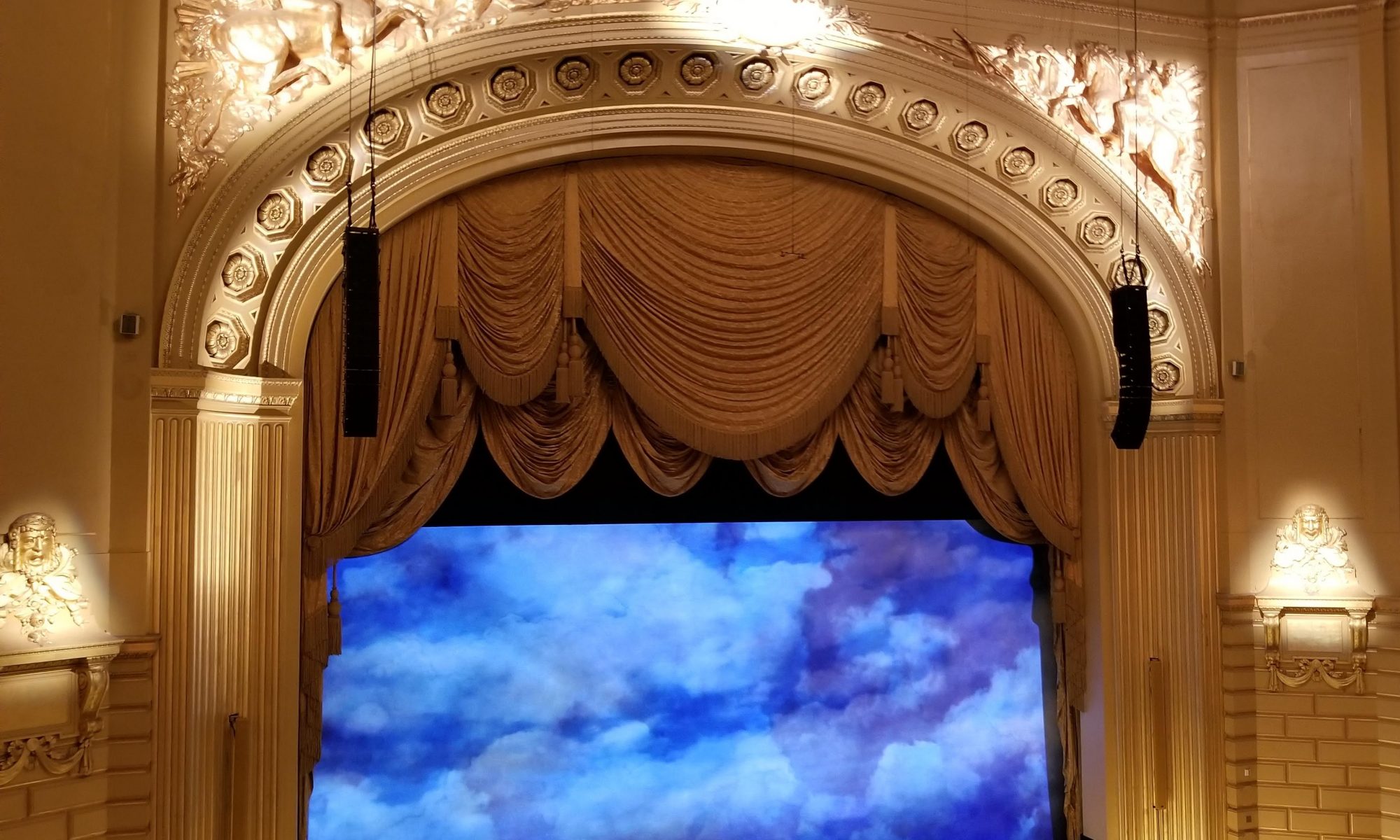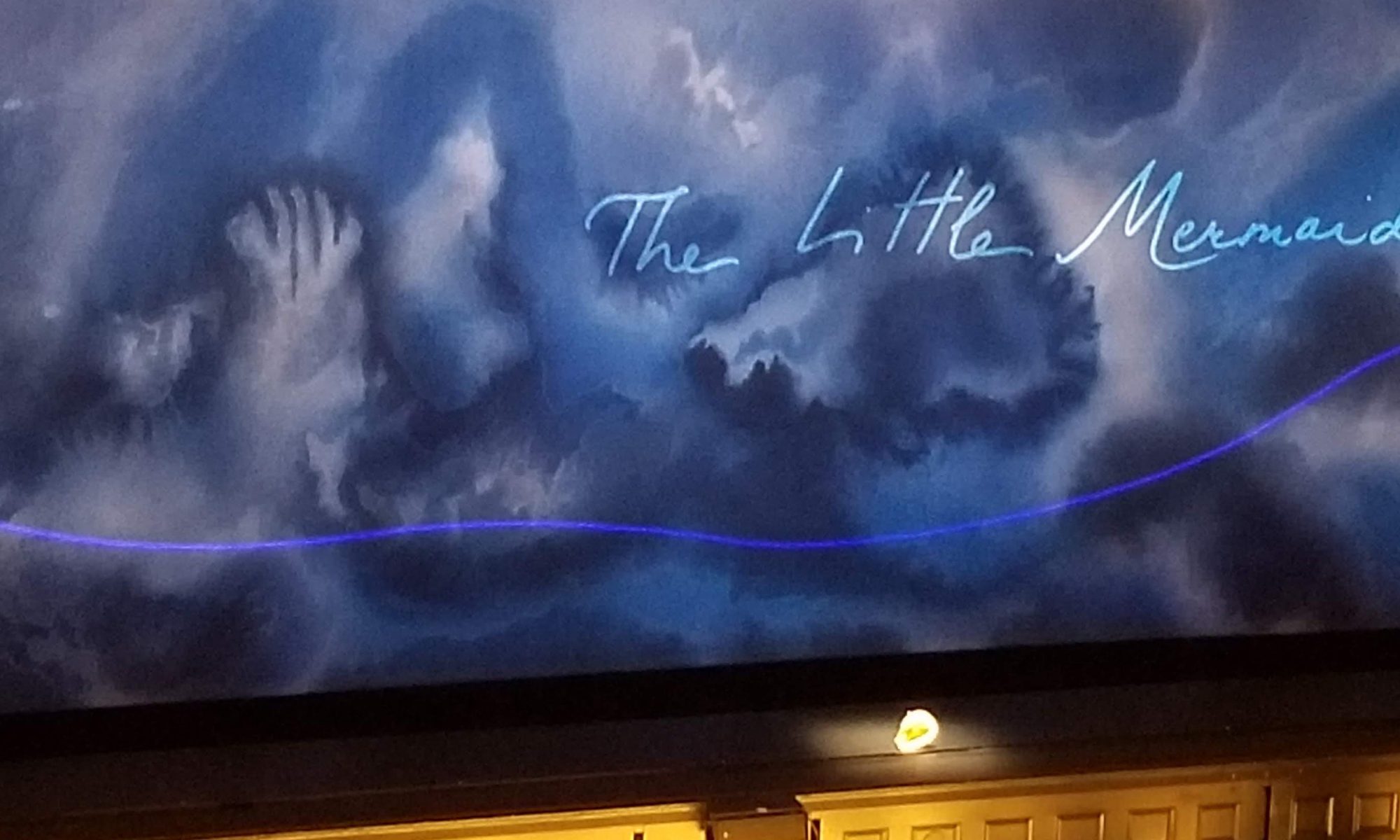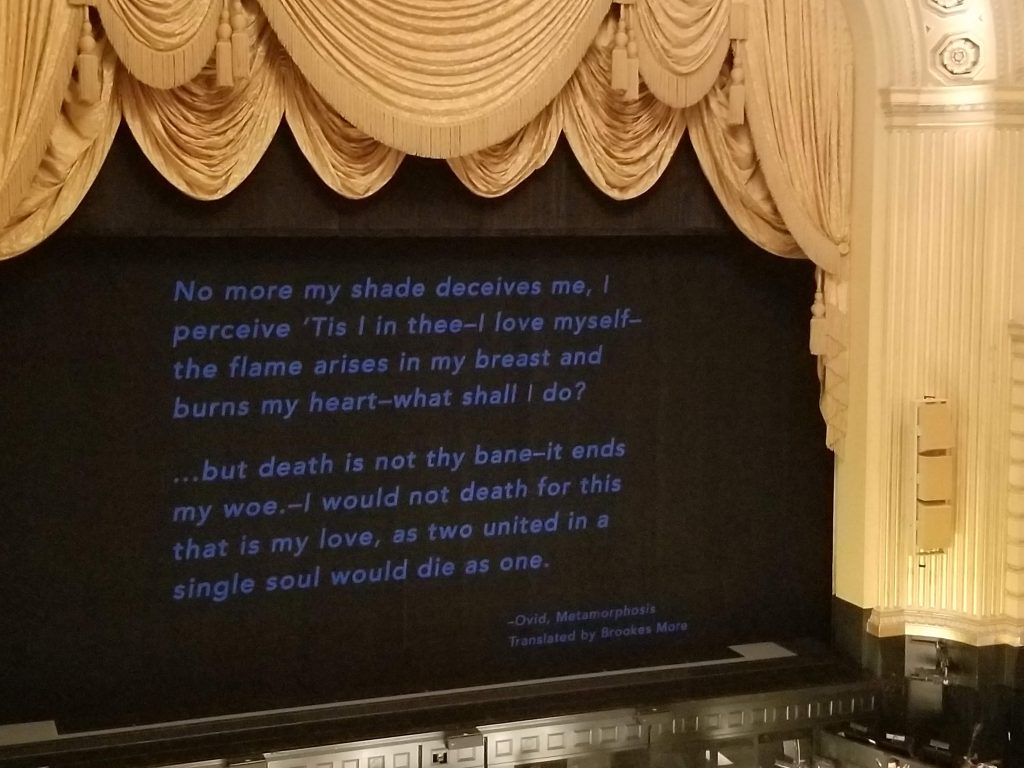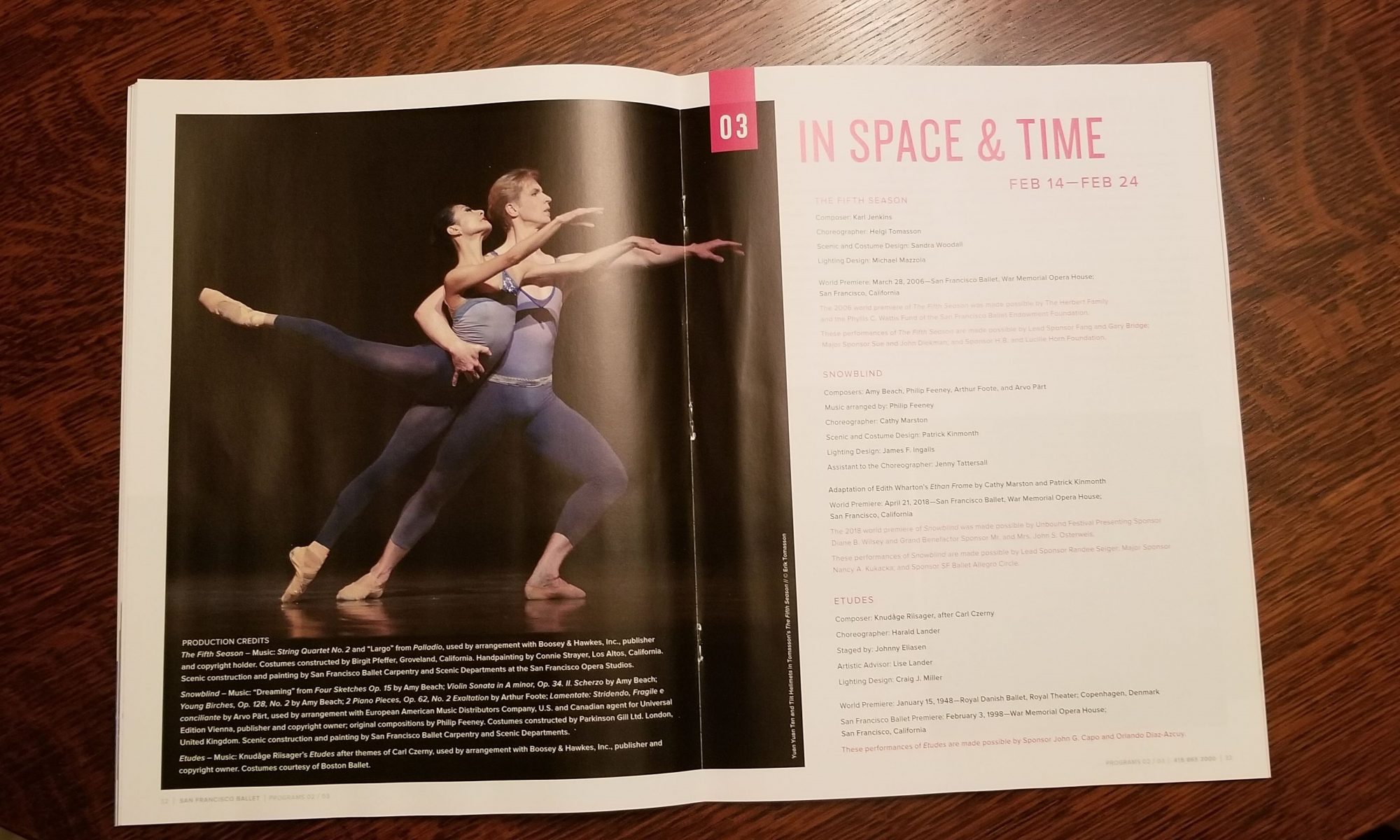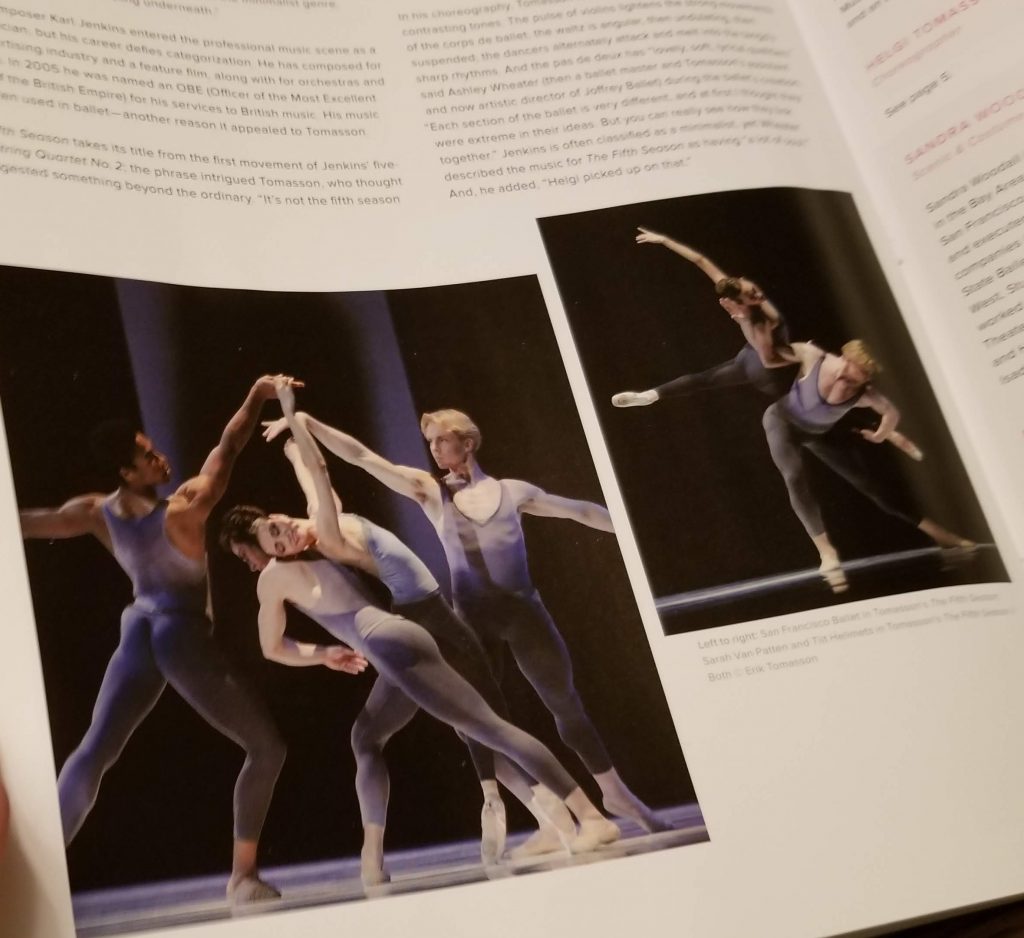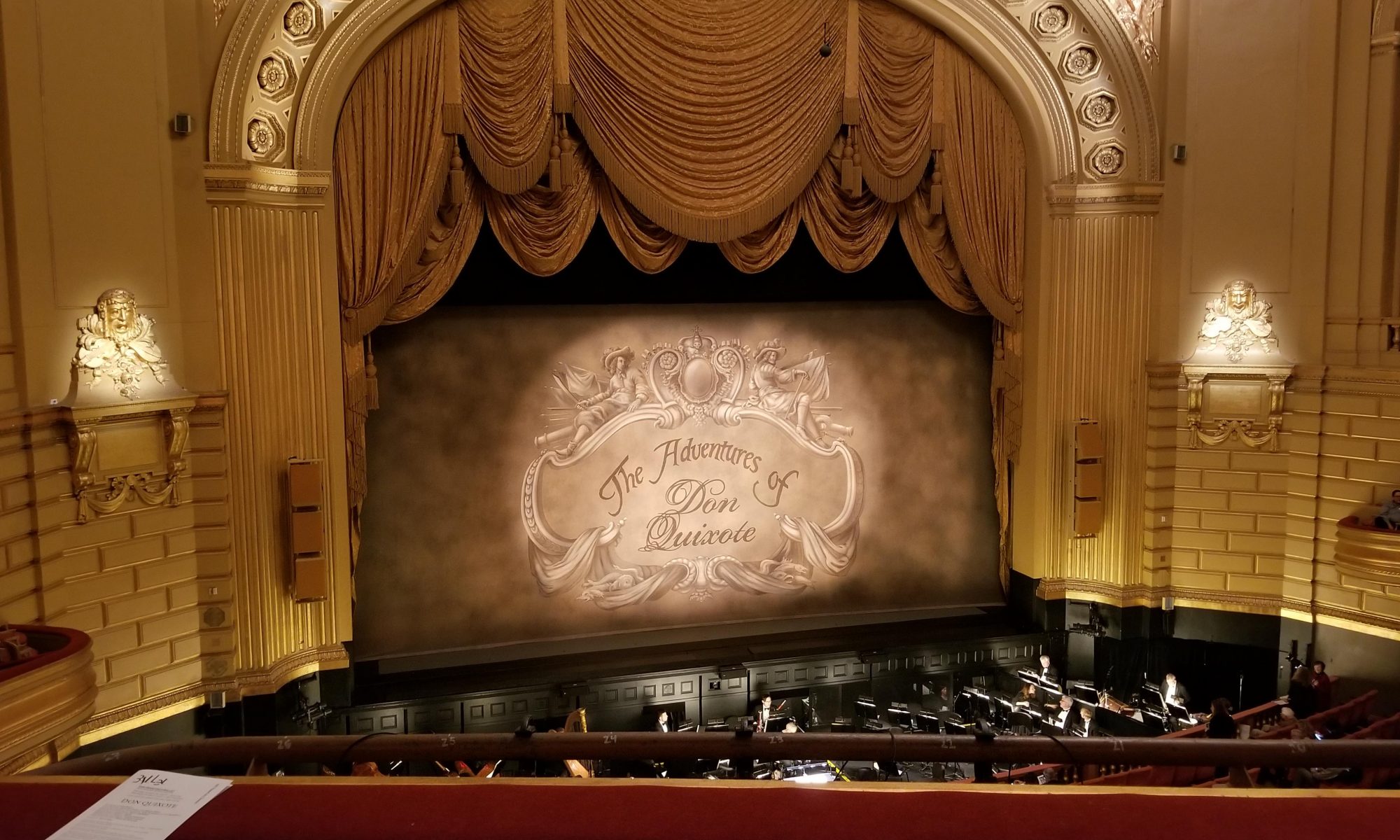Let’s Begin at the End – Dwight Rhoden, 2018 (Unbound Festival)
COLORFORMS – Myles Thatcher, World Premiere
Sandpaper Ballet – Mark Morris, 1999
Well y’all, it was time for program 2 of the San Francisco Ballet virtual ballet season. I forgot to look up the program before I pushed “play,” so I was surprised that there was more to the program than just the world premiere of Myles Thatcher’s COLORFORMS ballet.
The title for this program was A Celebration of the Contemporary. The three works presented were Let’s Begin at the End, a 2018 piece by Dwight Rhoden that had been performed as part of the Unbound New Works Festival, COLORFORMS, a world premiere by Myles Thatcher, and Sandpaper Ballet, a 1999 piece by Mark Morris.
LET’S BEGIN AT THE END – DWIGHT RHODEN, 2018 (UNBOUND FESTIVAL)
Let’s Begin at the End in 2018 is very clearly a work of this time. There is a certain … I don’t know what to call it – preciousness maybe – that is in fashion in current choreography and this piece is no exception. I won’t get into my feelings about that here. Suffice it to say that a contemporary work can be abstract or it can be narrative, but once you’ve established a narrative, it would be a kindness to your audience to strive for a modicum of coherence.
The work seemed to be about the conflict of male relationships v. male/female relationships. One character kept coming through to disrupt the harmony of the male/female pairings. I interpreted this character as perhaps “bro code” but according to the choreographer, he maybe represented Cupid. I suppose we are all entitled to have different opinions about what love or partnership is.
COLORFORMS – MYLES THATCHER, WORLD PREMIERE
The second work was Myles Thatcher’s world premiere, COLORFORMS. Because this work was recorded specifically for the 2021 season, it was presented as a dance film versus a live performance capture, meaning that rather than filming one complete run through presented on a proscenium stage, the dance was recorded in various locations with various camera angles and cut together to create one work. The venues included the San Francisco Museum of Modern Art, a dance studio, the stage at the Opera House, and a grove of redwoods in Golden Gate Park.
Based on the preview videos, I was expecting a linear progression – the dance would start in the museum then a transition to the performance venue. What they gave me was much more interesting – scenes in the museum would seamlessly transition to the dance studio, then back, as if the dancer was stepping into or embodying a piece of art, then returning to their pedestrian existence. The final transition from the stage into the woods was accomplished by the dancers stepping through a frame-like set piece. I liked the surreal quality created by these transitions, it really created a theatrical feeling and accomplished something that you wouldn’t have been able to if the work had been presented traditionally.
SANDPAPER BALLET – MARK MORRIS, 1999
The final work was Sandpaper Ballet. I am a big Mark Morris fan and maybe even more so now. In my mind, Mark Morris is the dance-world analogue to Isaac Mizrahi, and I mean that in a good way. They are both sort of irreverent, but don’t underestimate their skill in their craft or the seriousness of their intention. Later when I read the program notes I learned that Isaac Mizrahi had designed the costumes for this ballet! Am I psychic? Perhaps.
As for Sandpaper Ballet, this work is serious dancing presented in a lighthearted manner. One element of the choreography that stood out for me was the lusciousness of the por de bras. This piece was light and jazzy and technical and complicated and so wonderful.
This program was an excellent counterpoint to Midsummer Night’s Dream and the three works represented a great diversity within the contemporary, abstract dance sphere. Overall, I would say that the virtual ballet season is off to a strong start. Myles Thatcher’s work was very insightfully presented and the Mark Morris piece was exquisite and timeless. Even Rhoden’s work was more interesting than previous work that I’ve seen by him.
Have you had a chance to check out the virtual ballet season? Program 3 will be launching soon, hopefully I can remember to watch it before the last minute this time and give you a chance to check it out.

